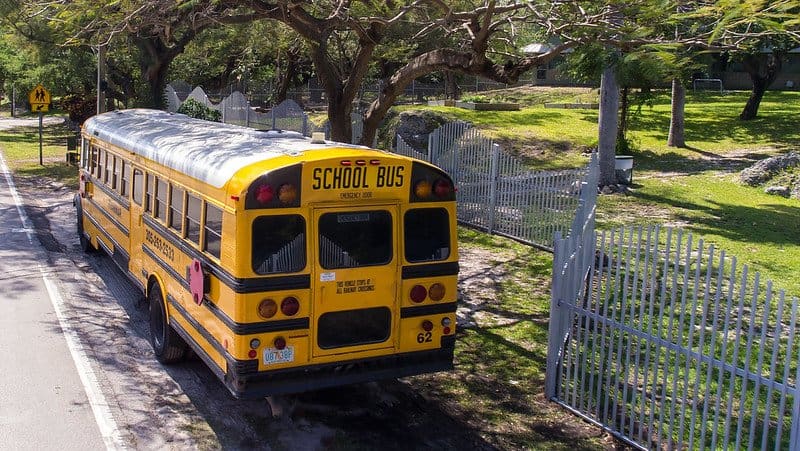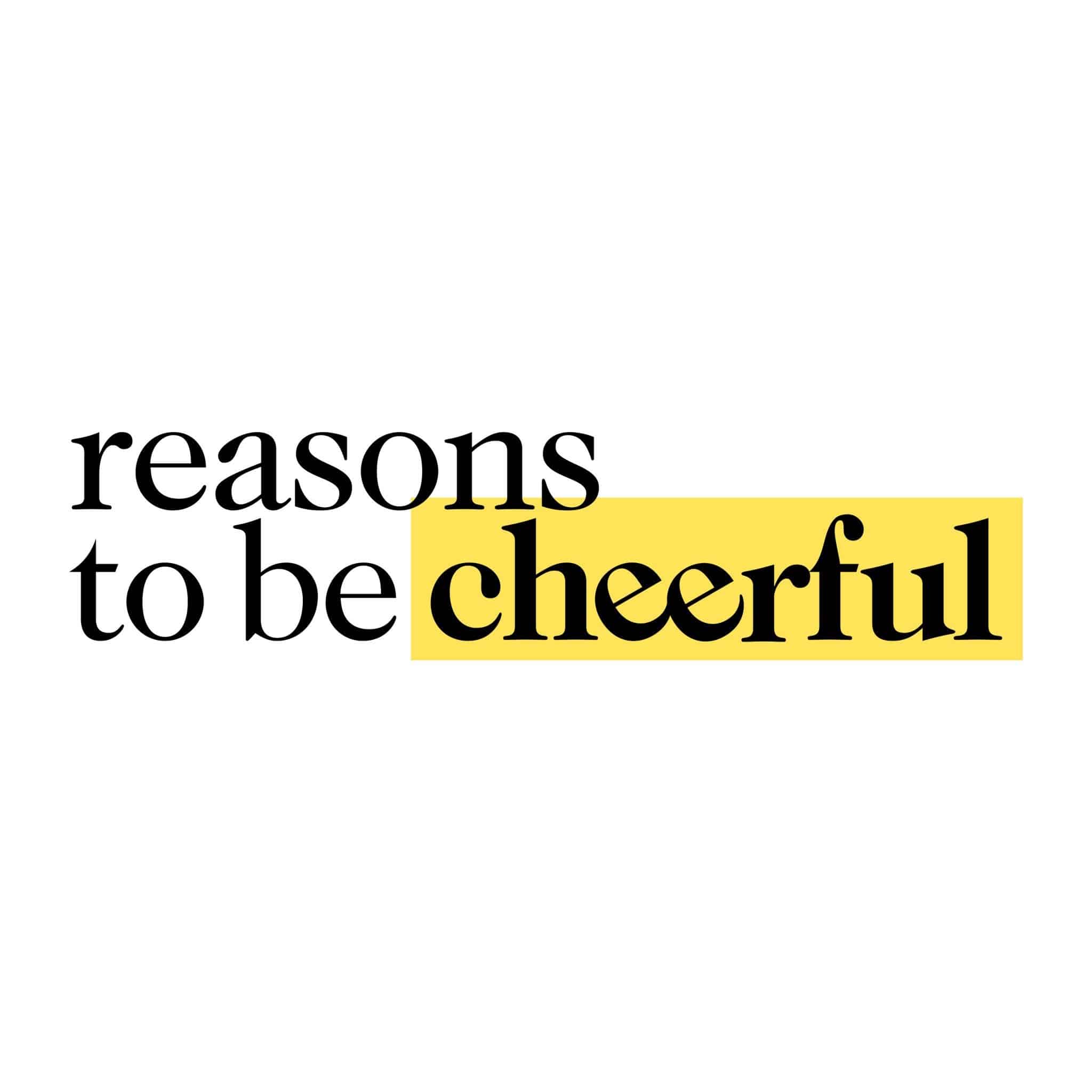Three great stories we read on the internet this week.
Defensive end
Football season is over, but there’s one more victory to savor: the team that ran the highest risk of contracting Covid-19 never did.
The Seattle Seahawks’ game schedule required more cross-country flights than any other team, and they conducted their training in the vicinity of Kirkland, Washington when it was still the U.S. coronavirus hotspot. Yet the Seahawks wrapped up their season as the only NFL team in which not a single player, coach or personnel member contracted the virus.
Crushed by negative news?
Sign up for the Reasons to be Cheerful newsletter.The New York Times examines how they did it through a mix of “pragmatism, flexibility and gamesmanship.” They added shower dividers and auxiliary locker rooms for social distancing. Team meals took place in outdoor tents, and meetings were held on the field. Some of their tactics were next level: for instance, everyone in the organization carried a sensor that recorded how close they came to one another, and for how long, throughout the entire day.
But perhaps the most important factor was the sense of duty the team adopted, thanks, in part, to leadership that framed the precautions as true camaraderie. “It was like a band of brothers,” said the team’s director of player health and performance, who wore a t-shirt throughout the season that reminded his players: “Stay Negative or Stay Home.”
Read more at the New York Times
Cooler heads
Those who prefer the ice rink to the football field may have noticed that the goalie of a certain hockey team has a new mask — and this time, it’s protecting an artistic tradition, not just a face.
In December, Vancouver Canucks goalie Braden Holtby debuted a new mask featuring Indigenous-inspired artwork. The problem was, it wasn’t actually drawn by an Indigenous artist. The artist was David Gunnarsson of Sweden, who designs many of the NHL’s goalie masks. When word got out, it caused a stir online, and the team was contacted by Luke Marston, a Coast Salish artist and member of the Stz’uminus First Nation. Marston and Holtby got together to come up with a new design concept, and Marston sketched it out: a depiction of a Coast Salish legend about orcas and wolves.
A legendary new design 🐺
Braden Holtby’s new mask was inspired by the Coast Salish legend of wolves transforming into orcas to hunt on land and sea 🌊🌎
The full story on the design by Coast Salish artist Luke Marston: https://t.co/cVRgwHq4jh
📷: @Canucks & Mike Wavrecan pic.twitter.com/0Z2RzJkflB
— Hockey Night in Canada (@hockeynight) January 17, 2021
Then Marston and Gunnarsson worked on the mask together, mailing it back and forth. Now the newly designed mask is back in the game, protecting Holtby from a puck to the forehead.
The fact that the whole mishap was resolved so amicably shows that incidents of cultural appropriation — rampant in the sports world — can be resolved through genuine, meaningful collaboration rather than conflict. “It’s just respecting one another, respecting one another’s culture and other people’s intentions,” said Marston.
School bus rock
Miami, a city firmly in the climate change crosshairs, is switching to electric school buses thanks, in part, to one of its students’ science fair projects.

Eighth grader Holly Thorpe decided to measure the carbon dioxide levels in and around the school buses that she and her friends ride five days a week. She took air samples using a 100cc syringe and analyzed them. What she found was troubling. The air in the loading zones contained 1,000 parts per million of CO2. The air in the buses was even worse: 5,000 ppm, a level that can cause asthma or other respiratory illnesses.
After hearing about the project, Miami-Dade School District committed to replacing its school bus fleet with electric vehicles. The best part is, it won’t even have to pay for them. The funding will come from the Volkswagen Settlement Fund, which was set up to fund projects that reduce diesel emissions after the automaker was caught selling cars with deceptively high emissions.







